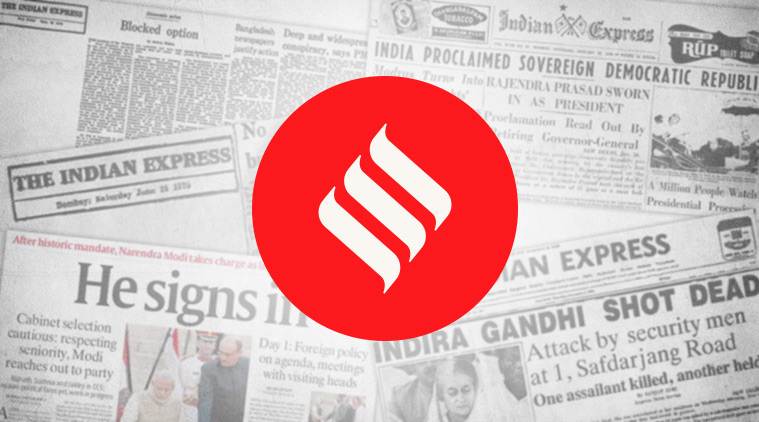
THE International Monetary Fund is the latest agency to cut India’s growth forecast for 2019-20 by 20 basis points to 7.3 per cent, after the RBI, Asian Development Bank and Fitch Ratings. India is not an outlier on this count. When global economic growth, after peaking at 4 per cent in 2017, softened to 3.6 in 2018, and is now projected to decline to 3.3 per cent in 2019, it is inevitable that one of the fastest growing large economies in the world could also hit a speedbreaker. There are reasons for the loss of momentum in global economic activity, ranging from weak investment and production in many countries and global trade, given the slowdown in the Eurozone and China, which has prompted central bankers in many of these countries to adopt a more accommodative monetary policy stance, after having signalled an end to monetary easing as late as December last year. These downside risks, including those surrounding Brexit, are expected to continue in the first half of this year with the IMF saying that conventional monetary and fiscal space is limited as a policy response.
Even in the US, where the job markets have rebounded, fears of a deepening global economic slowdown had forced the US Federal Reserve to signal a pause on raising interest rates this year. The RBI, too, had flagged some of these risks, besides the slowdown in China and the potential impact of an El Nino event on the South West monsoon over a week ago when it cut the growth forecast for FY 20 to 7.2 per cent from 7.4 per cent, while justifying its monetary dovishness. The IMF may be worried about the high levels of public debt and fiscal slippages in India but reckons that growth would pick up to 7.5 per cent in 2020 on the back of an investment recovery and robust consumption amid a more expansionary monetary policy stance and some expected impetus from fiscal policy. Securing that growth would call for fiscal consolidation, pruning of public debt, strengthening of GST compliance and cutting of subsidies, it says.
There are the other solutions, too, such as governance reform in state-owned banks, revamping of labour laws and rules on land acquisition — all of which have been acknowledged by successive governments and policy-makers but are yet to be addressed. More importantly, the IMF says that this is a delicate year for the global economy. That could well have been said for India’s economy too. Just as a return to global growth is contingent on policy support and downside risks not materialising, a growth uptick in India will hinge largely on a boost to investment activity and supply side reforms by the next government at the Centre. But it is equally important to recognise that the policy response this time cannot be in the form of a fiscal easing or another stimulus. That’s the sobering message from the experience of the collateral damage to the economy after the 2008-09 stimulus.